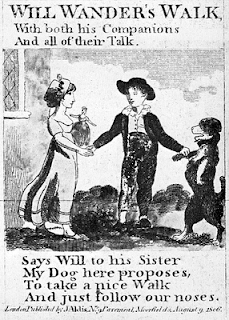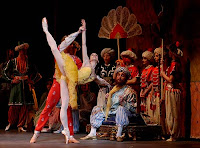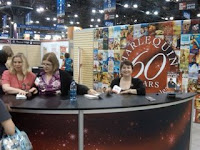When I realized that my October 2009 historical from Berkley Indiscreet was going to be set, for the most part, in the Ottoman Empire, I had to do some research. It is a fact of my writing process that important developments develop in media res, so it’s not as though I knew ahead of time I wanted to set a story outside of England.
At some point during the writing, fairly early on, I am glad to say, I discovered — that’s how it seems to me, I don’t decide, I discover– that my hero and heroine meet in Turkey. Oh, how interesting, I thought. And then I thought I’d better do some research about that.
Some random Facts
Foreigners (non-Muslims for the most part) were not permitted to live in Constantinople. Instead, the extensive European community lived just outside the capital, in two cities, for the most part; Pera and Buyukdere. There were European diplomats from Britain, France, Russia, the Netherlands and Prussia among many others. The British had a not insignificant military presence, as did the French. And these men brought their families or were married here and started families. There was great alarm on one occasion when the wife of a British diplomat received a Turkish dignitary in her home in her husband’s absence. But there wasn’t the feared international incident with the potentate taking offense at being entertained by a woman without her head covered. By all accounts he was charmed. There was as well as subtext of his having found her sexually attractive. Were overtures subsequently made? There are hints.
The heavy diplomatic and military presences shouldn’t come as a surprise since Napoleon was mucking about in Egypt at the time. Egypt was fairly unstable internally, though Ibrahim Pasha had a firm grip once he’d massacred the Mameluks. Earlier in the 1800’s, British and Turkish troops marched through the desert to Egypt in order to put on a show of force. British accounts of the desert march were not particularly complimentary of the Turkish troops which were not trained with the European love of discipline. I’m quite sure prejudice and ignorance of culture and custom played a large role in the troubles.
It was customary for British ships to fire cannons (salute) when they passed the Seraglio, a word by the way, that was specific to the sultan’s harem, despite the definition having since been often misused to refer to any harem.
There were, reputedly, over 30,000 women in the Seraglio. Parents sold their daughters into the Seraglio in the hopes that she would catch the sultan’s eye and bear him a son. A son would immediately elevate the woman into favored status. Such a woman had political influence. The sons, however, did not have the princely life you’d imagine. They were confined to their own quarters, uneducated for the most part, and deliberately isolated so they would not represent a threat to the Sultan. Historians have speculated that this isolation and lack of training of any possible successor deeply contributed to the decline of the Empire.
British accounts of sojourns in Ottoman Turkey are overwhelmingly, gushingly complimentary of the horses. Arabians, of course. They were small but hardy, fast, tireless and smart, subsisting on meager rations. A day’s journey of 25 miles through rugged country was quite common. The British were not so complimentary of their treatment of these Arab horses. The local custom was to leave the horses saddled, wet blankets and all, for the entire course of journey. Most every account takes disapproving note of this practice. The Bedouins were considered heroic with respect to their horsemanship.
I came across some interesting spellings of city names which I conformed to current spellings where those cities still exist — most do. Iskenderun, on the Mediterranean coast of modern day Turkey, was commonly spelled Skanderoon. Beirut was often spelled Bayroot. Iskenderun, by the way, is named after Alexander the Great. It is not far from the pass where he defeated Darius of Persia.
The Syrian city of Aleppo, in ancient times and presently called Haleb, may well be the oldest continuously inhabited city in the world — at least 5,000 years. Aleppo was once the crossroads for caravans from all directions. It was the trade center of the ancient world and for centuries beyond.
Throughout Syria, Serjillo to the north for example, there are Roman ruins, entire villages, actually, that stand as if only recently abandoned. Crusaders from England, Richard The Lionheart among them, came to what is now Syria, some were imprisoned in the Citadel of Aleppo.
The Syrian province of the Ottoman Empire, with Aleppo still dominant, was a religious melting pot. Christians (Nazrins), Druze (often spelled Drooze, in period writings) the Wahabists, Muslims all made their homes here.
The Levant Company was the functional equivalent of the East India Company. The diplomatic corp was funneled through and approved by the Levant Company. So, often, was foreign policy. King George, and later, the Regent, had frustratingly little input — in part as a function of time. It’s difficult to conduct foreign policy when instructions to the region might take 6 months to get there and by then, conditions may well have changed. The Levant Company, in effect, conducted British foreign policy in the region and you better believe commercial interests superseded politics more than once.
Well, there you go. A quick and random overview of the Regency era Ottoman Empire.










